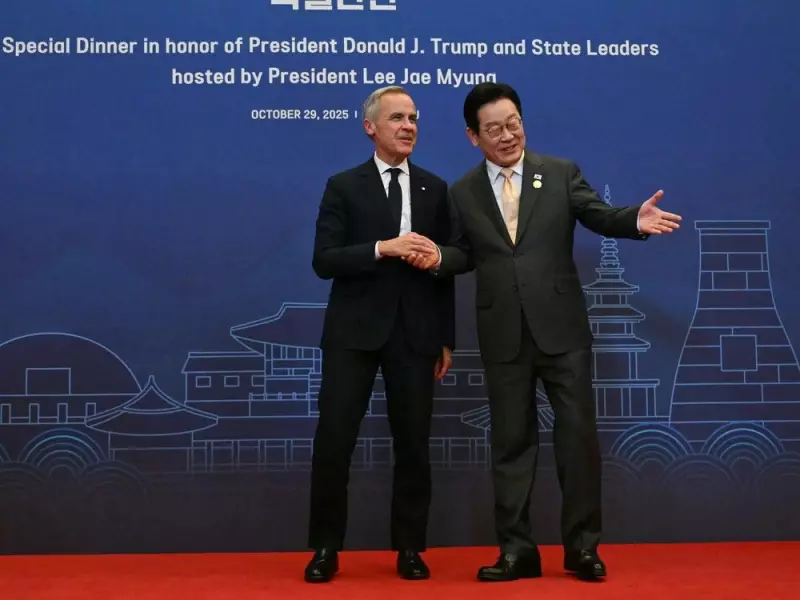
With the specter of Trump 2.0 and potential sweeping U.S. tariffs casting a long shadow over North American trade, Canada is quietly executing a strategic pivot to Asia that could redefine the nation's economic future.
The Looming U.S. Threat
Recent rhetoric from Donald Trump about imposing 10% across-the-board tariffs—and potentially much higher rates targeting specific countries—has sent shockwaves through Ottawa's trade corridors. The reality is stark: Canada sends nearly 75% of its exports to the United States, creating an economic vulnerability that policymakers can no longer ignore.
Asia: Canada's Strategic Countermove
While Trump threatens to build walls, Canada is busy building bridges—specifically toward the booming economies of Asia. The Trudeau government has significantly accelerated trade diversification efforts, recognizing that putting all economic eggs in the American basket represents a dangerous gamble.
The Asian trade offensive focuses on three key fronts:
- India: Despite recent diplomatic tensions, Canada continues to pursue enhanced trade relations with the world's fastest-growing major economy
- ASEAN: Southeast Asian nations represent a collective economic powerhouse with growing middle-class consumption
- Existing partnerships: Strengthening ties with current Asian trading partners to deepen market access
Why This Pivot Matters Now
The timing couldn't be more critical. With U.S. protectionism potentially returning in 2025, Canada faces a narrowing window to establish alternative trade routes. The strategy isn't about abandoning the U.S. market—it's about ensuring Canadian businesses have multiple options when geopolitical winds shift.
"We're seeing the most significant reorientation of Canadian trade policy in a generation," notes one trade insider. "The America-first approach of a potential Trump administration is forcing Canada to think globally in ways we haven't since NAFTA negotiations began."
The Road Ahead
While challenges remain—including diplomatic hurdles with India and competing with Chinese influence in Southeast Asia—the direction is clear. Canada is betting that Asian markets can provide the economic ballast needed to weather potential U.S. protectionist storms.
As one trade expert observed: "In an era of great power competition and rising protectionism, trade diversification isn't just good policy—it's economic survival."





